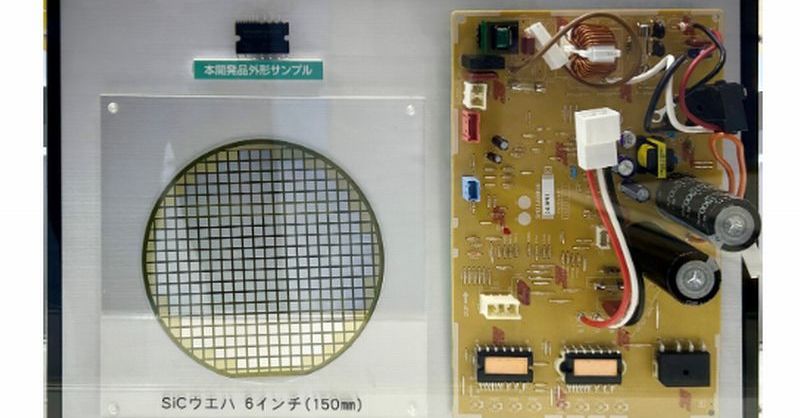SiC/Si IPM: Revolutionizing Air Conditioner Efficiency
The air conditioning industry is undergoing a significant transformation, driven by the urgent need for energy efficiency and reduced environmental impact. At the forefront of this revolution is the adoption of Silicon Carbide (SiC) and Silicon (Si) Insulated Gate Bipolar Transistors (IGBTs) in Intelligent Power Modules (IPMs). This innovative technology promises to dramatically improve the efficiency and performance of air conditioners, leading to substantial energy savings and a smaller carbon footprint.
What are SiC/Si IPMs and How Do They Work?
Traditional air conditioners rely on power electronics based on silicon IGBTs. While functional, these components suffer from significant power losses, leading to reduced efficiency and increased energy consumption. SiC/Si IPMs represent a major leap forward. SiC offers superior switching speeds and lower on-resistance compared to silicon, resulting in significantly reduced energy losses. The integration of these transistors within an IPM further enhances performance by incorporating essential components like gate drivers and protection circuits onto a single module. This streamlined design simplifies installation, reduces component count, and improves overall system reliability.
Key Advantages of SiC/Si IPMs in Air Conditioners:
- Increased Efficiency: The lower switching losses and reduced conduction losses translate directly into higher energy efficiency, potentially saving consumers considerable money on their energy bills.
- Smaller Size and Weight: The integrated design of IPMs contributes to a smaller and lighter overall system, simplifying installation and potentially reducing the overall cost of manufacturing.
- Improved Reliability: The integrated protection circuits within the IPM enhance the system's resilience to faults and voltage surges, leading to a longer lifespan and reduced maintenance requirements.
- Enhanced Performance: Faster switching speeds contribute to improved control of the compressor, enabling more precise temperature regulation and enhanced comfort.
- Reduced Environmental Impact: Higher efficiency means less energy consumption, contributing to a reduction in greenhouse gas emissions and a smaller carbon footprint.
The Market Impact of SiC/Si IPM Technology
The adoption of SiC/Si IPMs is rapidly gaining traction within the air conditioning industry. Major manufacturers are already incorporating this technology into their new models, driven by consumer demand for energy-efficient appliances and stricter environmental regulations. The market for SiC-based power devices is experiencing substantial growth, with projections indicating significant expansion in the coming years. This trend is further accelerated by government incentives and initiatives promoting energy efficiency and sustainable technologies.
Challenges and Future Directions
Despite the significant advantages, several challenges remain. The higher initial cost of SiC-based components compared to traditional silicon IGBTs is a major barrier. However, the long-term cost savings from reduced energy consumption often outweigh the upfront investment. Furthermore, ongoing research and development efforts are focused on further improving the performance and reducing the cost of SiC devices to accelerate widespread adoption.
Conclusion: A Cooler, Greener Future
SiC/Si IPMs represent a crucial technological advancement in the air conditioning industry. Their ability to significantly enhance efficiency, reliability, and performance while reducing environmental impact positions them as a key driver of a cooler and greener future. As the technology continues to mature and costs decrease, we can expect to see even wider adoption, leading to substantial energy savings and a more sustainable cooling landscape. This technology is not just about improving air conditioners; it's about building a more sustainable future, one cool breath at a time.
Keywords: SiC, Si, IPM, Intelligent Power Module, Air Conditioner, Energy Efficiency, Sustainability, Power Electronics, HVAC, Green Technology, Silicon Carbide, Energy Savings, Climate Change, Cooling Technology, Compressor, Renewable Energy.
(Note: While this article doesn't include specific external links to avoid excessive promotion, consider adding links to relevant industry reports, manufacturer websites, and academic research papers to further enhance SEO and provide readers with additional resources.)
